We may earn money or products from the companies mentioned in this post. This means if you click on the link and purchase the item, I will receive a small commission at no extra cost to you … you’re just helping re-supply our family’s travel fund.
Power rarely sits only in domes. It lives in river towns that staged boycotts, mill cities that organized wages, rail hubs that moved ideas, and courthouse squares where courage rewrote the rules. In 2025, travel feels richer when routes follow those quieter battlegrounds. Museums are modest, but the documents are real. Streets hold footprints that never made a postcard. The takeaway is simple: politics is not just a branch of government. It is people changing terms of life, one tactic at a time.
Seneca Falls, New York
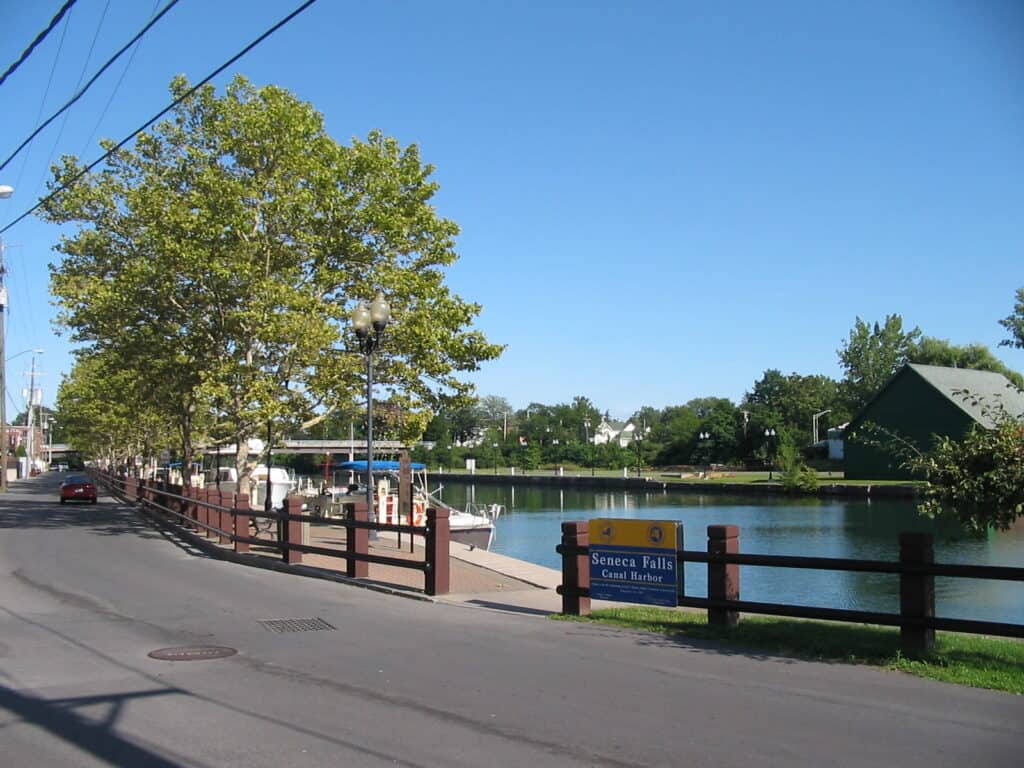
A small canal town hosts the 1848 convention that framed the women’s rights movement. Exhibits at the Wesleyan Chapel and along the Heritage Trail pair petitions, speeches, and domestic tools to show how arguments were built in kitchens as much as halls. Nearby homes of organizers make strategy feel personal and practical. The mood is steady rather than triumphant. Rights emerge as paperwork and persuasion layered patiently until the public ledger shifts.
Springfield, Illinois
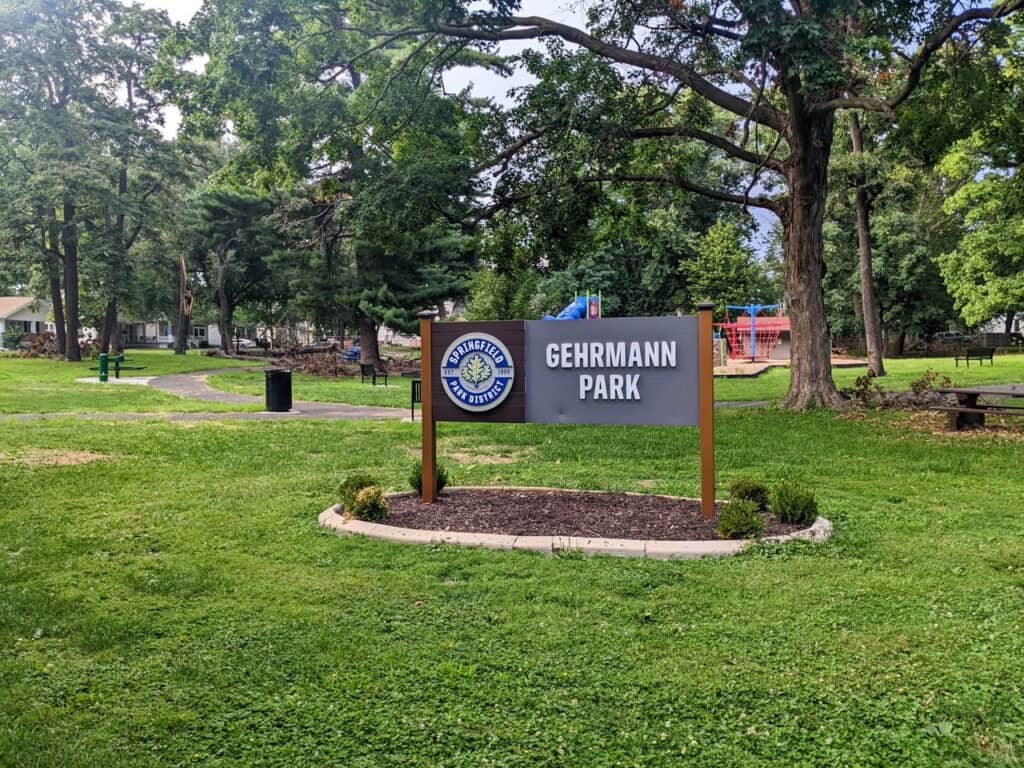
Lincoln’s adopted hometown holds law offices, a statehouse, and a cemetery that turn rhetoric into record. Guides read court filings that trained his arguments long before the presidency. The neighborhood grid explains patronage, printing, and the speed of news by rail. Museums resist marble and show ink, debt, and deadlines. Politics becomes craft: revise drafts, test a line at noon court, ride out to speak at dusk. The result feels workmanlike and surprisingly modern.
Montgomery, Alabama
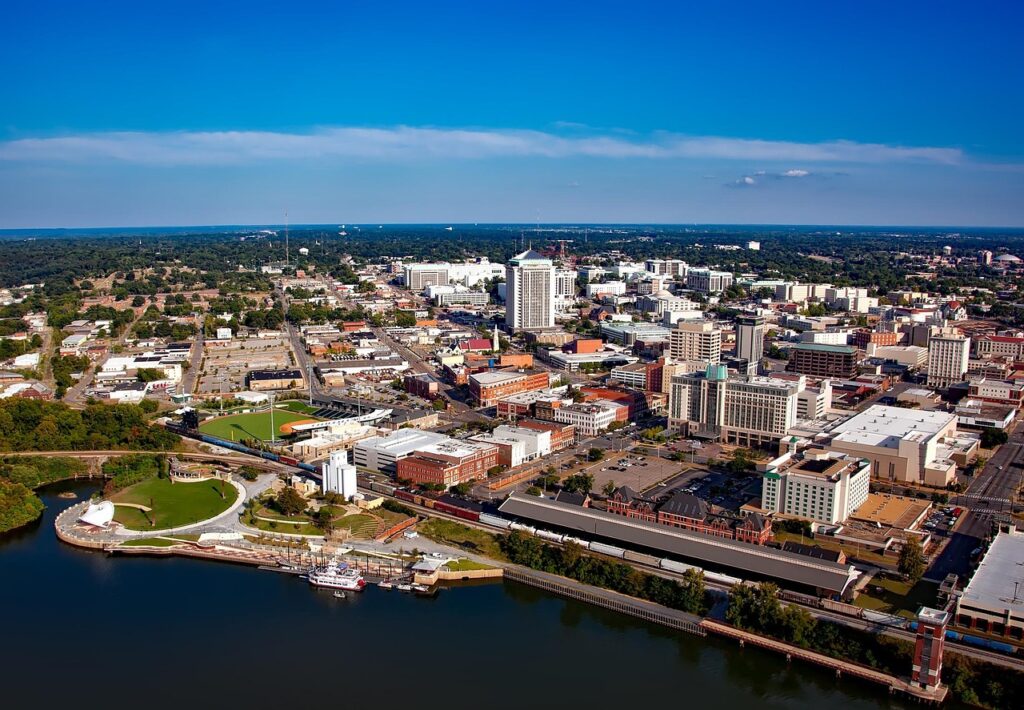
City buses and church steps map a year of disciplined boycott that rewired national law. The Legacy sites connect enslavement, Reconstruction, Jim Crow, and the legal strategy that carried cases to the Supreme Court. Kitchens become planning rooms; mimeograph machines become instruments of policy. A river walk and depot exhibit widen the lens to commerce and labor. The story is logistics and stamina as much as speeches, with neighbors practicing democracy in daily motion.
Greensboro, North Carolina
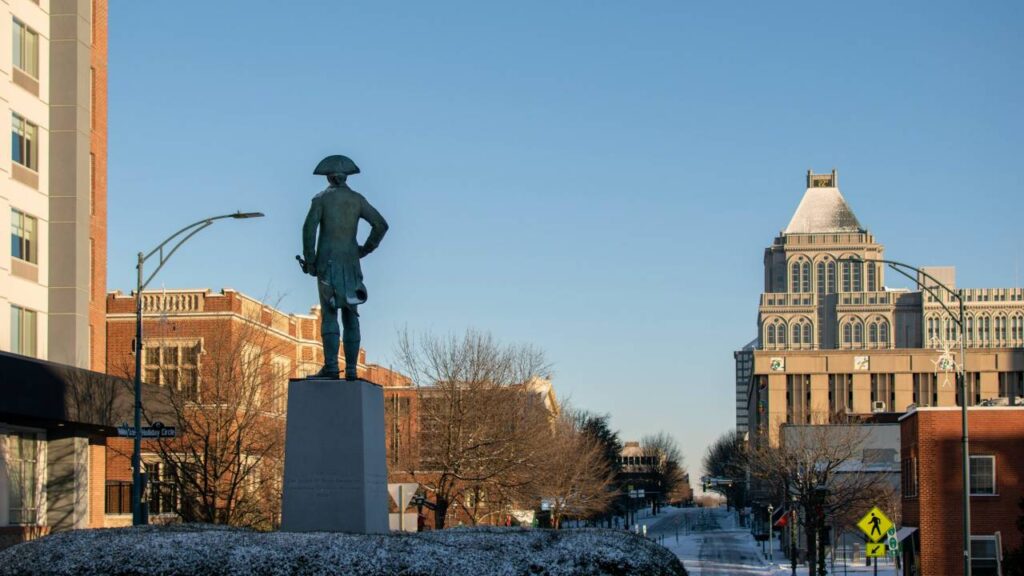
A Woolworth lunch counter anchors a focused lesson in nonviolent training, bail funds, and media timing. The story starts with four students and expands through dozens of cities by design, not accident. Placards explain how store policies met federal standards in courtrooms, not breakrooms. A campus stroll adds texture: dorm rooms, church halls, and photocopiers that made networks move. Tactics feel studyable. The distance between a stool and a statute shrinks to a hallway.
Topeka, Kansas
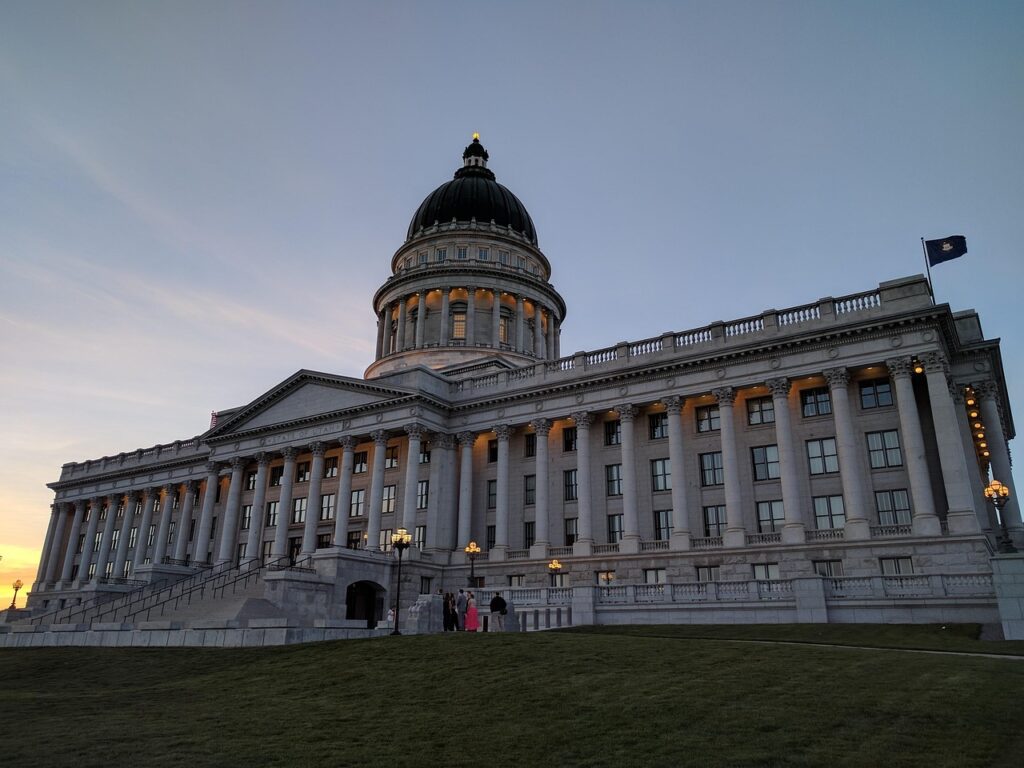
Neighborhood schools become national evidence in “Brown v. Board of Education.” The preserved Monroe schoolhouse reads like a legal exhibit staged in chalk dust. Panels trace how families, teachers, and lawyers gathered affidavits that traveled to Washington intact. Downtown offices point to strategy meetings and print shops. The atmosphere is careful, almost quiet. The victory feels procedural and deep, like a filing that finally clears a jammed line after years of steady pressure.
Lawrence, Kansas
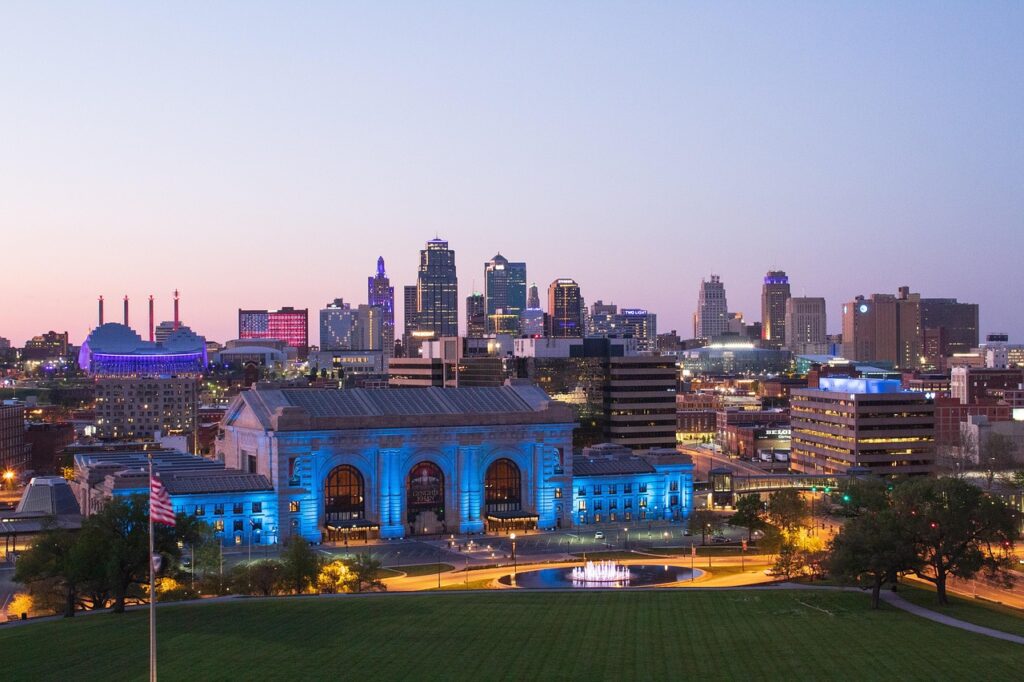
Free-State fortifications and burned storefronts remember guerilla raids and the fight that previewed the Civil War. Museums lay out ledgers, militia rolls, and newspaper plates that turned a prairie town into a referendum on sovereignty. Streets mark where presses were smashed and where residents rebuilt under guard. Political identity appears as daily risk: patrols at dusk, hidden printing at dawn. The city’s patience with repair reads as another kind of campaign.
Harpers Ferry, West Virginia
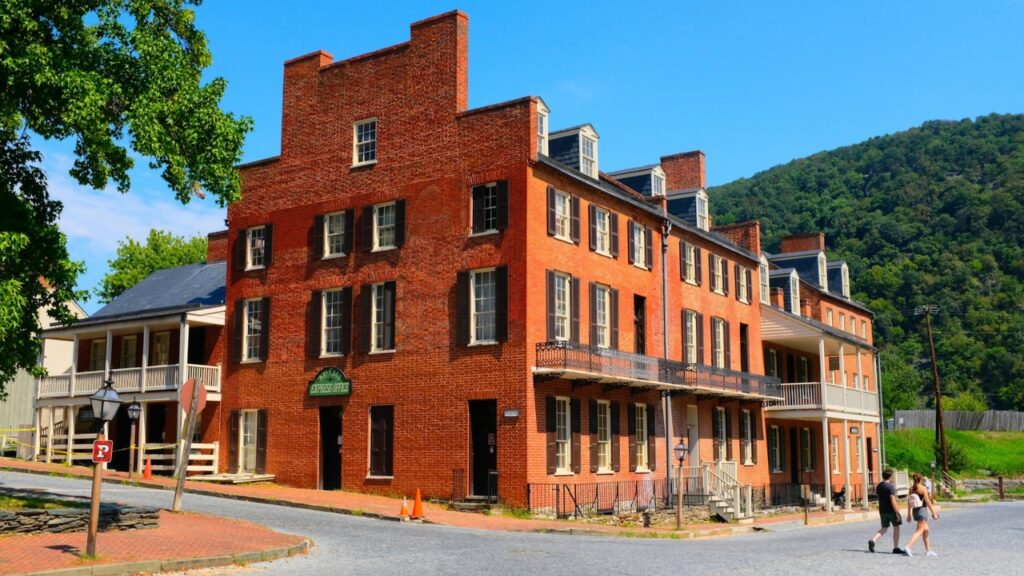
A confluence town carries armory history, abolition, and federal response across tight streets and steep stairs. Exhibits walk visitors from interchangeable parts to an attempted seizure of weapons and the trials that followed. The setting compresses events into a few blocks, which clarifies the stakes. Rivers and rails explain why messages moved quickly and armies quicker. Political consequence takes on a physical scale: bridges held, warehouses guarded, and a courtroom that could hear the drumline.
Detroit, Michigan
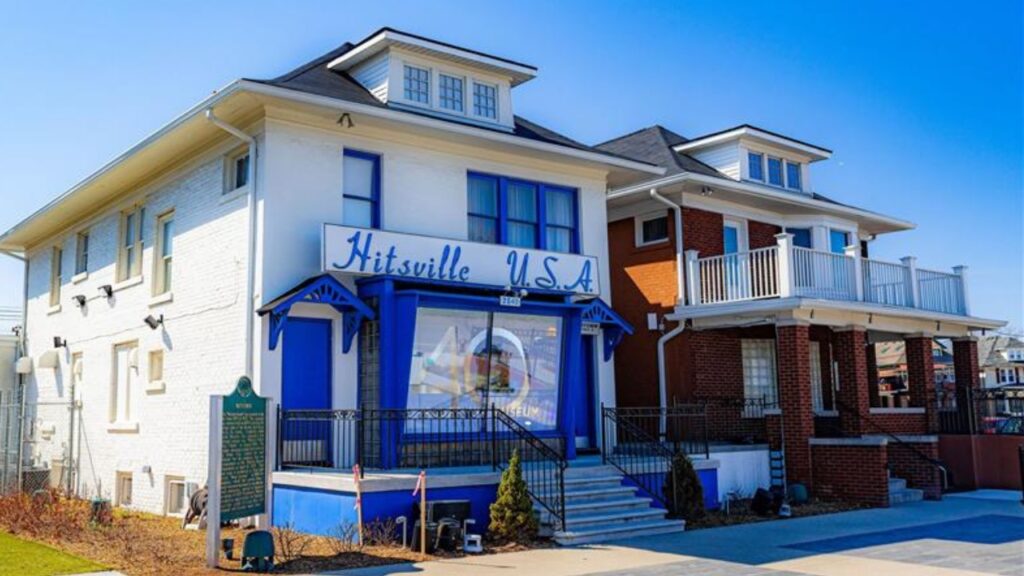
Labor halls and riverfront factories map the rise of collective bargaining and the cost of holding it. The city’s strike history sits beside civil rights marches and immigration stories that filled shifts. Archives show leaflets, wage charts, and safety logs that made policy tangible on a line. Murals fold music into the account, because sound organized morale. Politics here looks like shift changes, picket discipline, and negotiations that shaped middle-class math for decades.
Lowell, Massachusetts
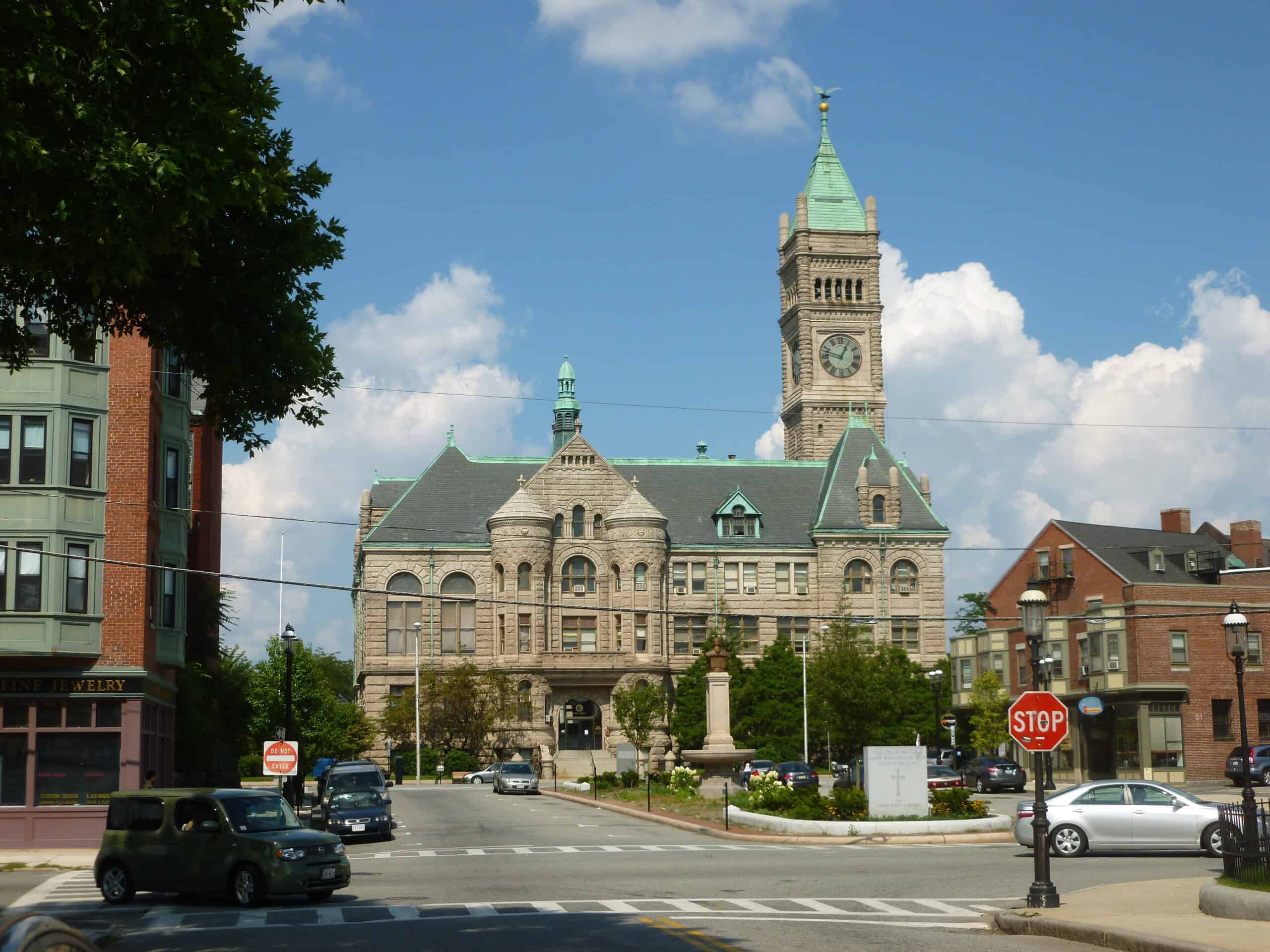
Textile mills, boardinghouses, and canals explain wages, hours, and early union language. The “mill girls” narrative unfolds through their writing, not just curator panels, showing how essays and petitions counted as leverage. Engineering exhibits clarify power and piece rates. A short walk connects factory floors to lecture rooms where reformers traded strategies. The effect is practical rather than quaint: work measured in looms, demands measured in sentences, and outcomes measured in rent envelopes.
Tulsa, Oklahoma
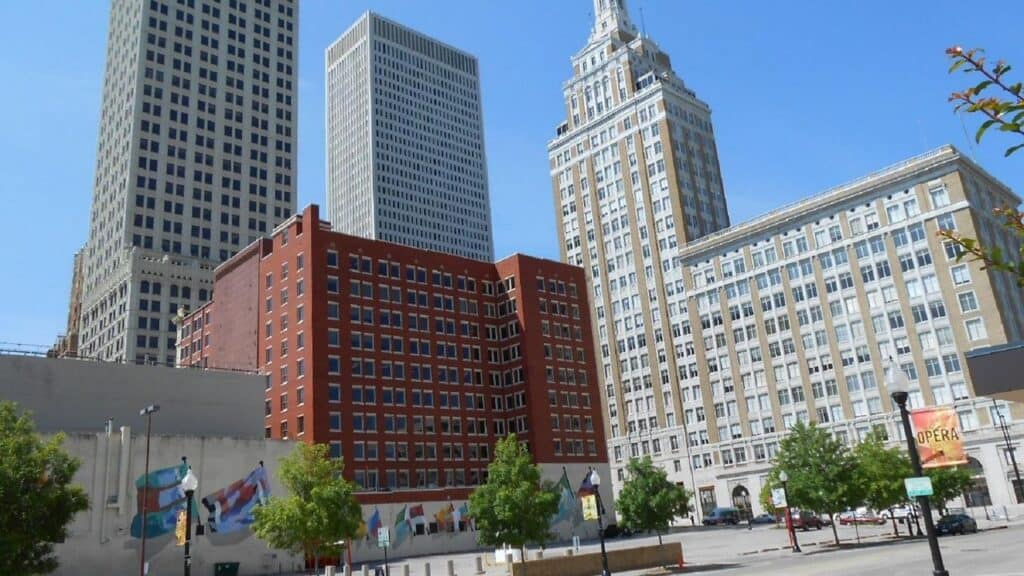
Greenwood’s rebuilt avenues carry both the catastrophe of 1921 and the stubborn economics of recovery. Small museums document mutual-aid networks, insurance denials, and ordinances that slowed rebuilding. Business ledgers and church minutes become political texts. The focus stays on agency: how residents organized credit, legal claims, and cultural life under pressure. The trip ends with a sense of unfinished policy work paired with visible pride in what still stands and what has returned.
Santa Fe, New Mexico
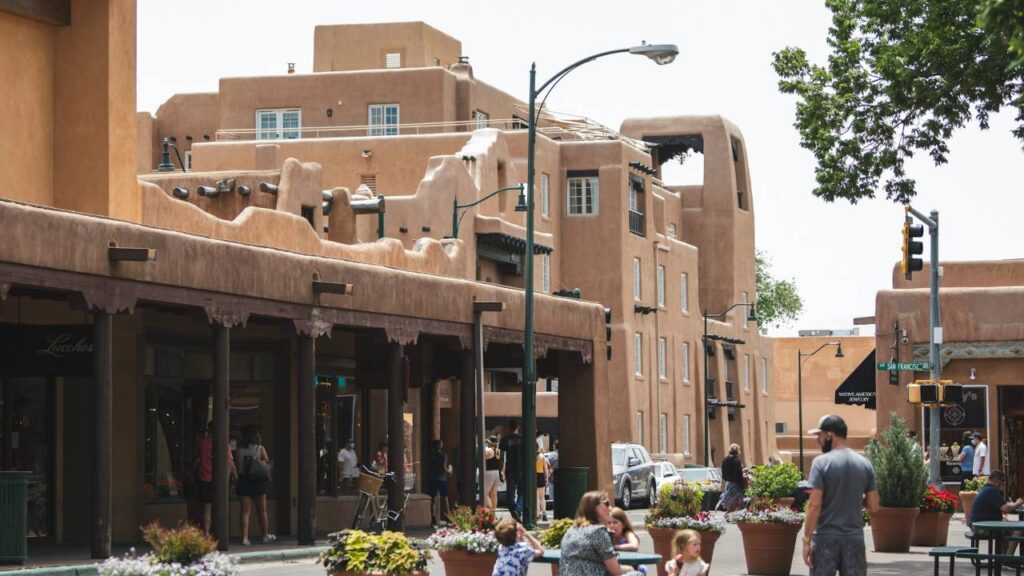
Palace courtyards and pueblo sites place the 1680 revolt in daily rooms rather than distant myth. Records in Spanish and Tewa show logistics: messengers, stored harvests, and synchronized action across long distances. Later territorial politics sits a few doors away, with printers and surveyors drawing lines that still govern water and land. The continuity is striking. Governance looks like shared planning in tight places, carried by languages that have met here for centuries.
Birmingham, Alabama
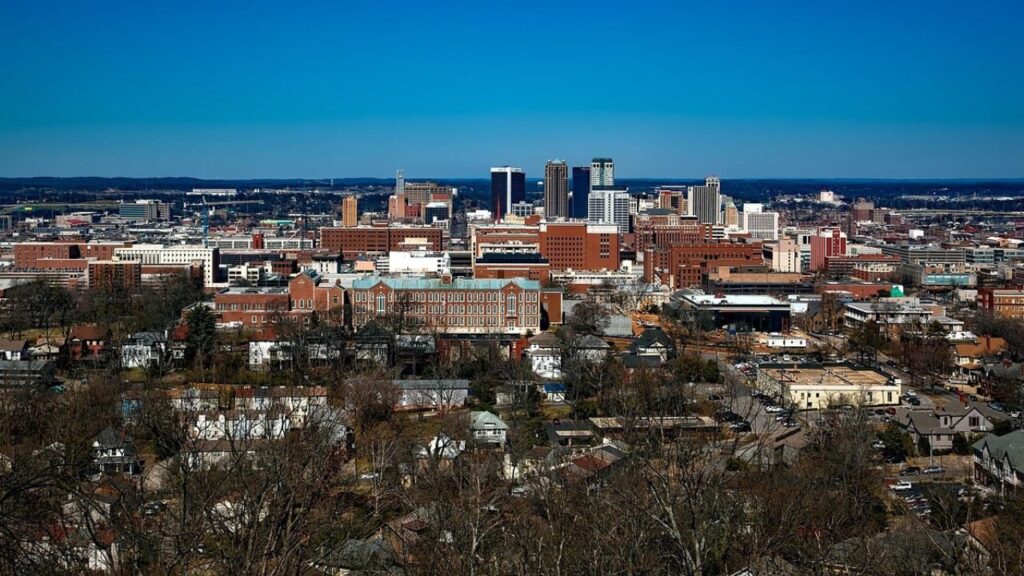
Industrial stacks frame church basements where field marshals of nonviolence trained walkers and marshalled kids. Jail letters read like strategy memos, written under pressure and aimed at timing national attention. Railroad parks and blast furnaces explain employer power and the leverage of stoppage. The city shows how municipal rules, bail schedules, and camera crews intertwined. Politics becomes choreography: routes, marshals, arrest plans, and a courthouse set to hear the message at last.
Memphis, Tennessee
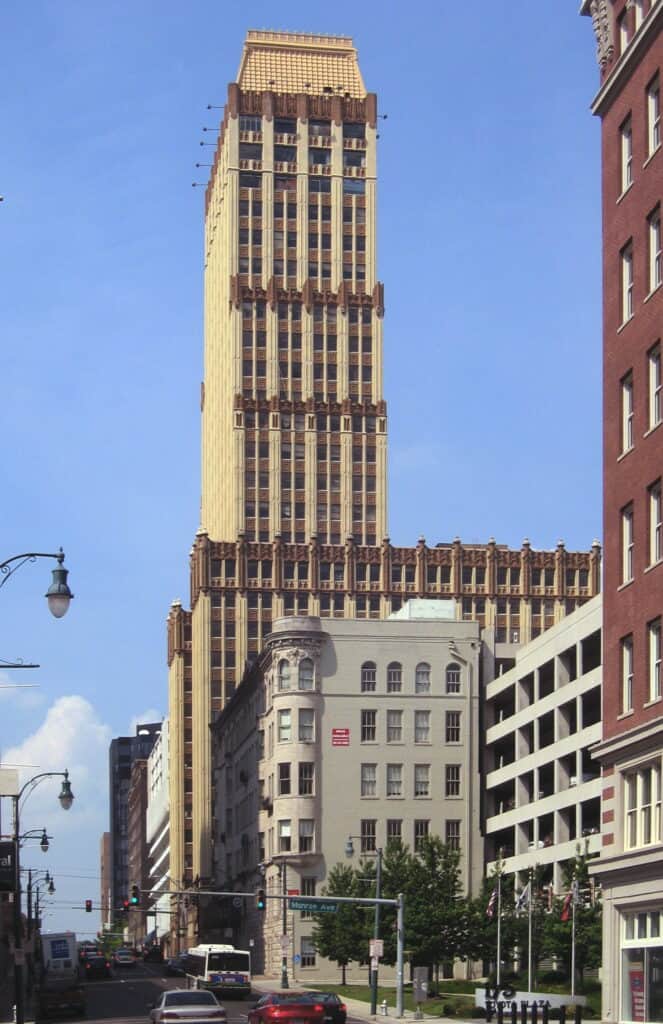
A sanitation strike turns a river city into a referendum on dignity and pay. Placards, meeting minutes, and motel balconies tighten the focus until decisions feel close. The movement’s logistics fill rooms: fundraising, clergy coalitions, and a media plan paced to marches. Music venues and studios sit nearby, reminding that culture carried morale and message. The city’s political memory stays audible in hymns and in plain phrases that fit on cardboard and still cut cleanly.
St. Augustine, Florida
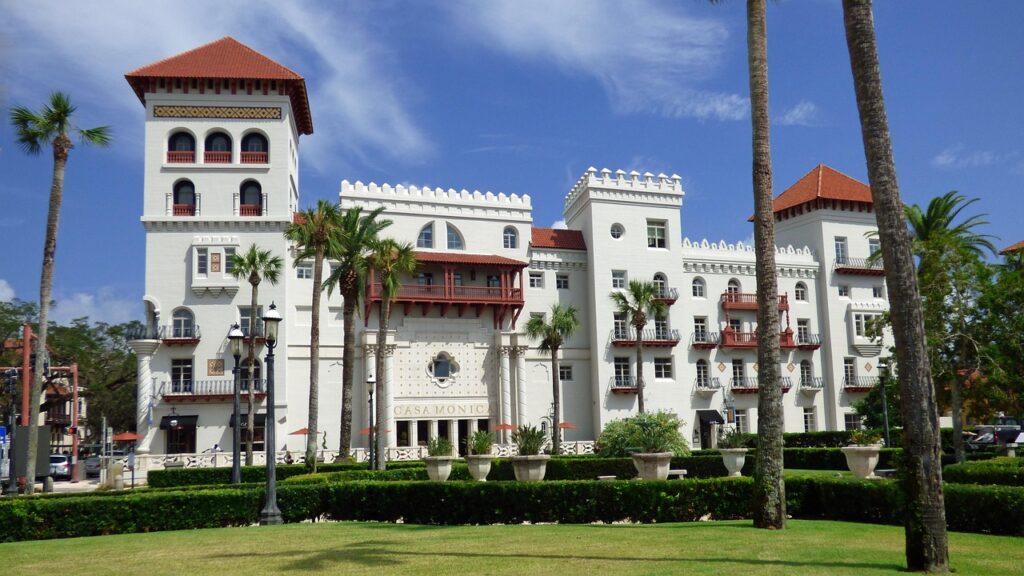
Quiet streets and a bayfront hide a 1964 campaign that forced national eyes on segregation. Monson Motel protests, beach wade-ins, and coordinated arrests targeted leverage points locals knew well. Photographs and affidavits track how images moved votes. Colonial streets, civil rights, and church-led planning layer into one route that reads as strategy, not spectacle. The lesson is precision: small, repeatable acts aimed at a narrow hinge during the weeks when it mattered most.
Other Blog Posts You Might Enjoy
www.idyllicpursuit.com (Article Sourced Website)
#Underrated #U.S #Cities #Political #History #Beats #Capital #Tour #Author #Kathy #Haan
